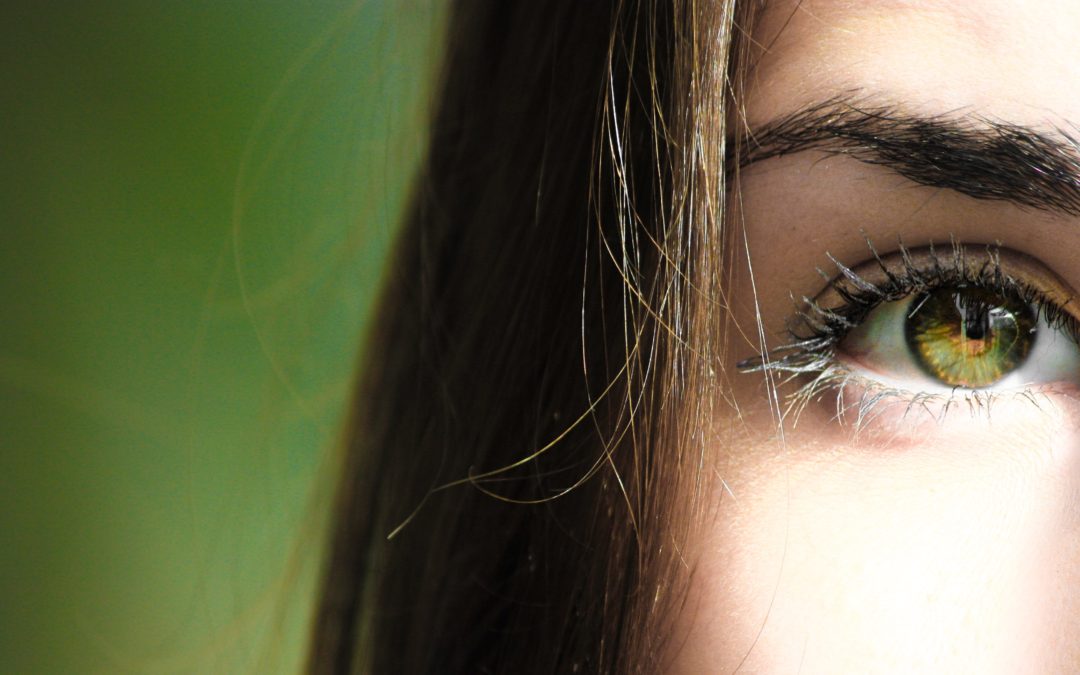Benefits, Cost, and Side Effects of LASIK Surgery
The end of the year is approaching and that means it is a good time to use your HSA and FSA benefits to finally receive procedures that can help correct your vision. One such procedure is LASIK.
Today, we’ll be looking at this corrective procedure and what you can expect, from treatment to post-op and more.
What is LASIK?
LASIK (laser-assisted in-situ keratomileusis) is a common type of surgery that uses lasers to permanently reshape the cornea to correct refractive errors.
Normally the cornea, the clear layer in front of the eye, focuses light directly on the retina, which is at the back of the eye. When the cornea has an irregular shape, light doesn’t focus precisely, causing vision issues such as nearsightedness (myopia), farsightedness (hyperopia), and astigmatism.
Who is a Good Candidate for LASIK?
Anyone who is 18 and older who has had a stable eyeglass or contact lens prescription for at least two years in a row and whose eyes are generally healthy.
Those who are not a good candidate for LASIK include those who have:
- An eye infection or injury
- Very thin corneas
- Glaucoma
- Dense cataracts
- Severe dry eyes
- Uncontrolled diabetes
- A very high refractive error, such as severe nearsightedness
What are the Benefits of LASIK?
LASIK is done to help people achieve 20/20 vision without the use of corrective lenses or contacts. The vast majority of patients who have had this procedure done say they are pleased with the results.
Are There Risks to Receiving LASIK?
In a small number of cases, LASIK doesn’t completely correct vision. In these cases, the patient may still need to rely on glasses or contact lenses for clear vision. Often, these patients can return to their doctor for an additional procedure to finish correcting their cornea. Rarely, LASIK patients can lose their vision due to infection, scarring, or poor healing.
What is the Cost of LASIK?
LASIK on average costs over $2,000 per eye. Unfortunately, health insurance typically won’t cover the cost. That is why many patients use their HSA or FSA benefits to help reduce the cost of the procedure.
What Can I Expect Before LASIK?
During your yearly comprehensive eye exam, discuss if you are a candidate for LASIK, options and consultation for a referral to an ophthalmologist from your optometrist.
Before the procedure, your ophthalmologist will do an exam to check the shape and thickness of the cornea, take detailed measurements of the eye, and look for refractive errors. Some surgeons use newer wavefront and topography-guided technologies to create a custom map of the cornea, which can result in more precise vision correction. Prior to surgery, your eye surgeon will also instruct you to use prescription eye drops.
What Can I Expect During LASIK?
On the day of your surgery, your eye surgeon will instruct you to not wear eye creams or eye makeup.
First, your eye is numbed using special eye drops. Then your eye surgeon will use a femtosecond laser or blade called a microkeratome to cut a thin flap of tissue from the front of the eye, which is pulled back to reveal the cornea.
Next, the laser burns away small amounts of tissue to reshape the cornea, essentially correcting your eye’s natural lens. There should not be any pain, although some patients report feeling pressure during the procedure. The entire LASIK surgery typically takes around 15 minutes for both eyes.
After the surgeon is done correcting the shape of your cornea, they will place the flap back. It will seal on its own, without stitches, in the days following the procedure. However, clear plastic shields will be taped over your eyes to protect them and to prevent you from rubbing them. You’ll need to leave these shields on until the next morning, except to instill your eye drops.
What Can I Expect Post-Op?
After the procedure, you will need someone to drive you home. As soon as you get home, take a long nap. This is because most patients experience some level of tearing, burning, and light sensitivity during the first four hours post-surgery. After a long nap, most patients wake up with little discomfort and somewhat improved vision already. You should also expect to feel like there is something in your eye. However, do not rub your eyes as this could dislodge your corneal flap!
Your vision will continue to improve during this time. However, it is normal for your vision to fluctuate during your recovery. You could experience glare, halos, and difficulty driving at night for the first days or week post-surgery.
During recovery, you may also have some redness. It’s completely normal to have dark red spots on the whites of your eyes for several days following surgery. Similar to bruises, it can take up to several days or even a few weeks for these spots to completely disappear.
Post-surgery, your eye surgeon will instruct you to continue taking your prescription eye drops for several days. These drops help lubricate your eyes and prevent infection and inflammation. You may also use lubricating drops for several weeks post-op, but this will taper down every week.
You will have your first follow-up appointment the day after surgery to have your vision checked and to verify that your corneas are healing properly. You will need to see your LASIK surgeon or your eye doctor a couple more times over the next 12 months to ensure no issues arise.
You may feel anxious about getting back to your normal routine post-LASIK, however, it is important to remember that your corneas are healing.
Because of this, during the first week, you should:
- Avoid dust, smoke, yard and garden work, and eye makeup.
- Avoid soap and water in your eye, however, you may bathe normally.
- Use light strokes to apply cream around your eyes. (Note that putting lotions or creams around your eyes can increase your chance of getting them in your eye, which can increase inflammation, cause pain, or lead to an infection.)
- Drink lots of water to stay hydrated
For the first two weeks post-surgery, you should:
- Avoid swimming, using a hot tub, or submerging your head in water
- Take frequent breaks while using your computer
- Stay diligent about using your lubricating drops
Additionally, you will need to wear your eye shields for the first four to five nights (or anytime you sleep) during your recovery time. If you allow pets or small children in your bed while you sleep, it is recommended that you sleep with your shields on for 10 nights.
Final Thoughts
The procedure itself is relatively short and painless. However, each patient’s recovery time will be different. Most are cleared to drive 24 hours after surgery, but this can depend on how your body reacts to LASIK and other factors, such as your original prescription. It’s important to always communicate any symptoms you are experiencing with your eye surgeon post-LASIK, to follow your surgeon’s instructions for recovery and healing, and to attend all of your post-op appointments!
Looking to have LASIK done? Black Diamond Eye Care offers LASIK consultations to patients we believe would benefit from this type of procedure. Schedule an appointment with your optometrist today to discuss your options!




